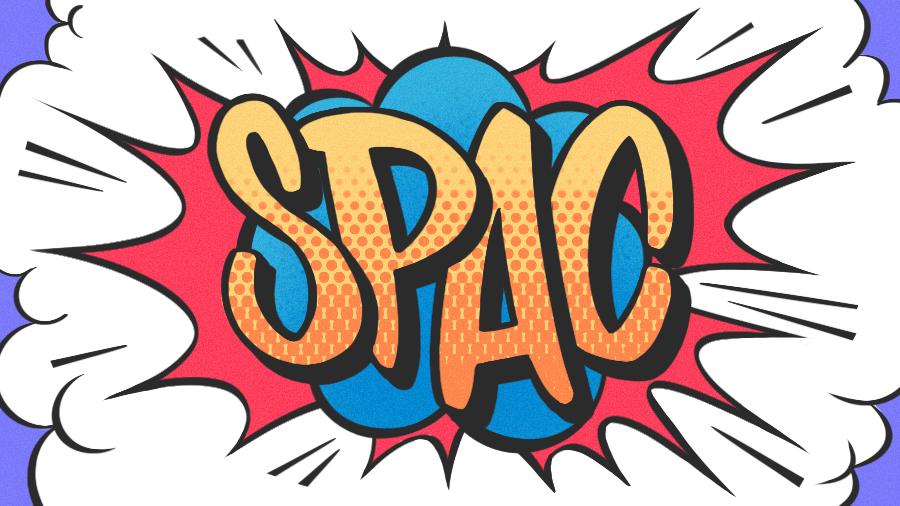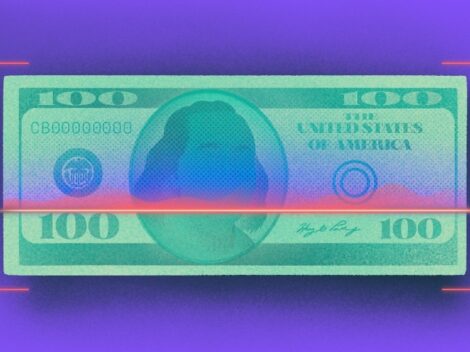After a year unlike any other for SPACs in 2020, a vast majority will spend this year on the hunt for their perfect target company — something that could leave many scrambling in an ultra-competitive environment while also disrupting the venture capital market.
Subscribe to the Crunchbase Daily
Last year saw 250 special purpose acquisition companies — SPACs — undertake an IPO, over four times more than the previous years, according to data from SPACInsider. However, more than 200 of those SPACs are still seeking target companies to put into their shell, something most have about two years to do before the money goes back to investors.
“I would not be surprised if some could not complete a deal,” said Bradley Tusk, chairman of IG Acquisition, a $300 million SPAC targeting the leisure industry.
The explosion
To illustrate just how many SPACs formed last year, Tusk said there were times during IG Acquisition’s roadshow for investors last year where they were competing for presentation times with four other SPACs.
SPACs — often called blank-check companies — are basically the reverse of a traditional IPO in which a shell company goes public first with the intent to acquire a private company to put in its shell.
While the business model has been around since the 1980s, it has become increasingly popular for a handful of reasons, including the profit opportunity for the sponsors and the interest from hedge funds, said Mitchell Presser, a partner at Morrison & Foerster and co-chair of the firm’s global corporate department.
The interest from sponsors and investors that created the SPAC explosion last year could make target companies harder to find, as these blank-check companies must now compete to find the best companies to acquire or be left standing at the altar.
“I think you also will see creativity,” he said. “People will look hard for a ‘first opportunity’ in a market.”
That likely will mean SPACs moving beyond some of the verticals that have proven popular in the last year — the electric vehicle market, for instance, which has witnessed a plethora of companies such as Nikola, Lordstown Motors, Fisker and Canoo go public via SPAC listings — Presser said.
New geographies such as Asia, Latin America and Europe also will be investigated by SPACs as they scour for targets, he added.
“A lot of creativity will be applied to this,” Presser said. “Finding the right ones will be harder. … There’s lots of competition.”
Presser compared what SPACs may see to what private equity went through 15 years ago. At that time there was a huge buildup of funds and the market became much more competitive as firms looked for acquisitions.
With more than $83 billion being raised in IPOs by SPACs last year alone, the market is seeing a similar buildup of cash that investors will expect to be put to work.
“There is definitely a lot of money that is chasing companies right now,” said Ubaid Dhiyan, a director at investment bank Union Square Advisors. “I would suspect there will be bad decisions made.”
Competition and venture capital
Tusk, who also is a venture investor at Tusk Venture Partners, said he is surprised at how closely the SPAC market mirrors the venture capital market in the sense that investors have to pitch companies to take their money.
“You have to be able to differentiate yourself” when pitching targets, said Tusk, commenting that his SPAC’s knowledge of regulated industries such as gaming can make it more attractive.
“You have to bring something different to the table, just like in the venture capital world when you are trying to invest in a company,” he said.
Blank-check companies try to win “SPAC-offs” — where they compete for target companies — by offering better equity deals to the acquirer or impressing them with loaded management teams full of big names in an industry.
While SPACs may compete against each other for targets, they also will compete with traditional venture capital as companies figure out which is the right path for them, Presser said. He believes the venture market could be affected as companies may look at SPACs as a way to streamline raising money and eventually going public, letting them concentrate on other things.
“SPACs let you focus on the future instead of focusing on doing a Series D or E round,” he said.
Presser added that SPACs may allow many companies to forego the now popular late-stage growth rounds and instead just enter the public markets earlier.
“Look at these electric vehicle companies … instead of raising $150 million they have gone the SPAC route,” he said. “SPACs can be at a better valuation than a D round and more money.”
2021
Already this year, 60 SPACs have raised nearly $17 billion even before the end of January, according to SPACInsider. While these companies’ two-year window to find the right mate has just started, it only adds increased competition in a market where the number of companies suited to be public is shrinking.
“There is still a lot of activity in the space, so it’ll be interesting,” Dhiyan said. “But if investors start to see negative outcomes that could affect how many (more SPACs) we see.”
If a SPAC can’t find a target company, money is redistributed to investors, but it is unlikely many will be happy knowing that money was not working for them the last two years. However, that does not necessarily mean SPACs will take large leaps of faith on companies not viable for the market.
“You still need a company that will trade well in public markets,” Presser said.
He added the SPAC model changes from a traditional IPO model because many blank-check companies value their targets based on future projections and growth — and not something like current profitability.
How well the public market adapts to these types of companies could foretell how long these vehicles remain popular.
“Now, will the market have patience with these companies? Many have revenues but no profits — that will be the test,” he said. “Public markets traditionally have not been patient.”
Illustration: Dom Guzman

Stay up to date with recent funding rounds, acquisitions, and more with the Crunchbase Daily.




![Illustration of conversation bubbles. [Dom Guzman]](https://news.crunchbase.com/wp-content/uploads/Talk-470x352.jpg)


![Illustration of woman building charts. [Dom Guzman]](https://news.crunchbase.com/wp-content/uploads/charts-300x168.jpg)



67.1K Followers